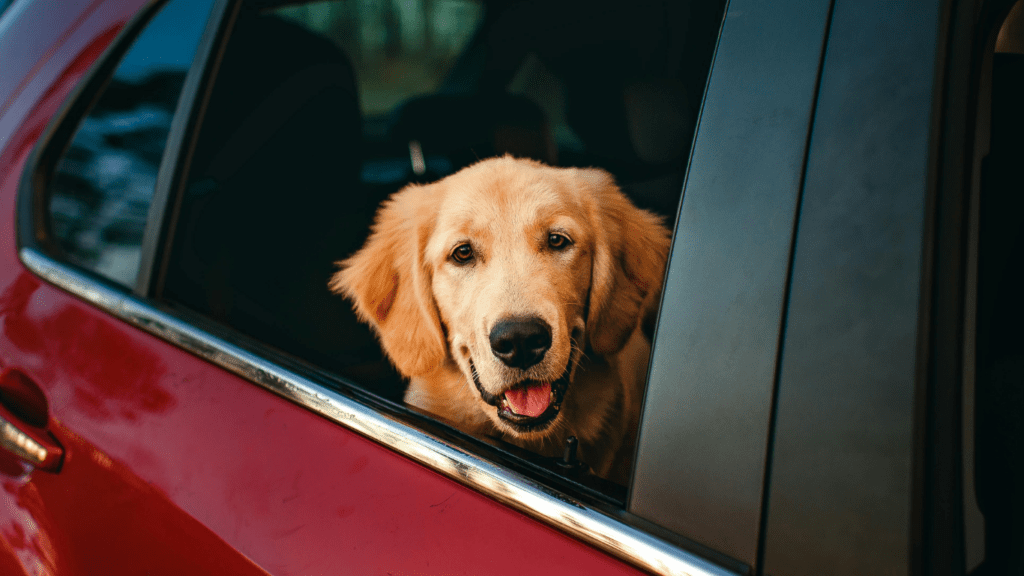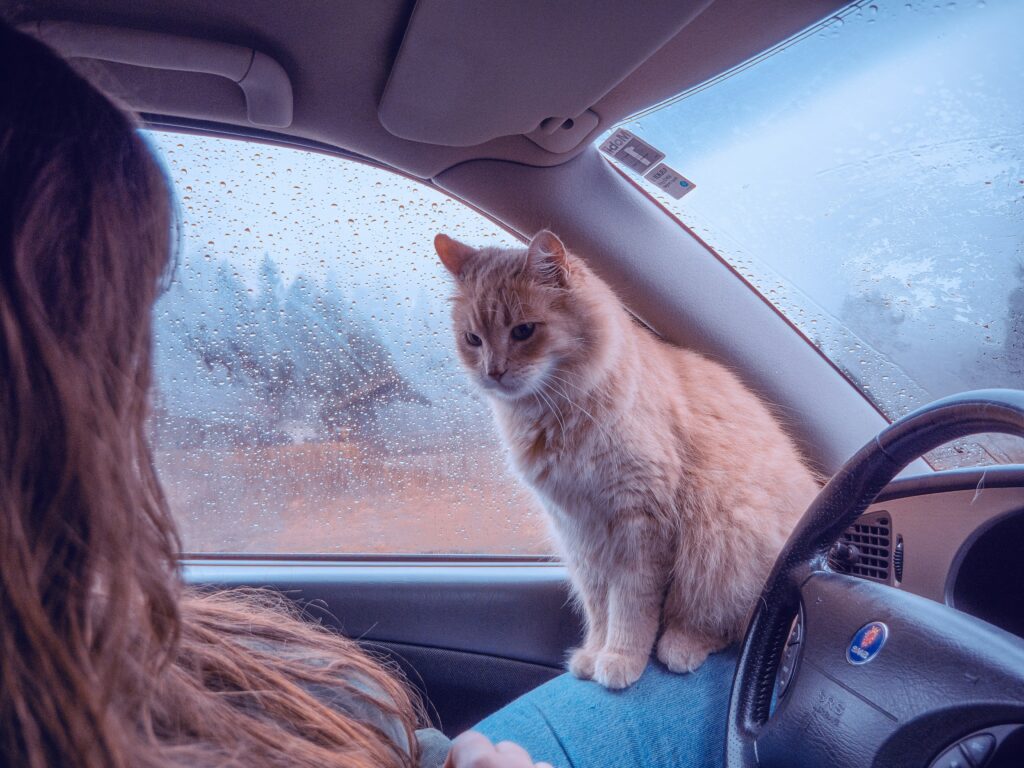Understanding Your Pet’s Needs
Every pet has unique requirements that must be addressed when planning a long-distance move. Recognizing these needs early helps reduce stress for both the pet and the owner.
Health Check-ups
Schedule a vet visit a few weeks before the move. Ensure vaccinations are up-to-date and obtain a health certificate if required for travel. Discuss any concerns with the vet, including anxiety management strategies.
Comfort Items
Pets find comfort in familiar items. Pack their favorite blankets, toys, or beds to keep them relaxed during the journey. These items can ease their anxiety and provide a sense of security.
Diet and Hydration
Keep your pet’s diet consistent. Sudden changes can lead to digestive issues. Carry ample water and a portable bowl. Offer food and water during rest stops to keep them hydrated.
Exercise Needs
Incorporate exercise into your travel plans. Pets need physical activity to alleviate stress. Plan brief stops where they can stretch and move around safely. For dogs, this might include short walks.
Identification
Proper identification is crucial. Ensure your pet wears a collar with an updated ID tag. Microchipping adds an extra layer of security in case they get lost. Keep a recent photo of your pet handy as well.
Medication
If your pet takes medication, ensure you have enough for the trip and a few extra days. Store them in a readily accessible location. Consult your vet about adjusting medication schedules if needed.
Car Travel Safety
For car travel, secure your pet in a well-ventilated crate or carrier. Avoid letting them roam freely in the vehicle. This reduces the risk of injury during sudden stops.
Understanding and addressing these needs creates a smoother experience for both you and your pet during the move.
Choosing the Right Travel Method
When moving with a pet, selecting the optimal travel method ensures their safety and comfort. Different pets have different needs, so choose the most suitable option based on your pet’s character and health.
Road Travel Tips
Driving offers the flexibility of regular stops, allowing pets to stretch and relieve themselves. Keeping pets restrained using a crate or pet seatbelt minimizes distractions and increases safety. Keeping windows slightly open ensures ventilation. Carry a travel kit with water, food, and favorite toys to maintain comfort during the journey. Schedule breaks every 2-3 hours to allow pets to walk and hydrate. Avoid feeding pets a large meal right before departure.
Air Travel Guidelines
Flight arrangements require detailed planning. Check airline policies on pet travel, as they vary widely. Most airlines mandate an approved travel crate, snacks, and water. Booking a direct flight reduces travel time and stress. Visit a vet to ensure your pet is fit to fly and obtain any required health certificates. Acquaint your pet with the travel crate in advance to reduce anxiety. Mark the crate with your contact information and “Live Animal” labels for easy identification. Carry essential documents like health records and identification tags.
Choosing the right travel method significantly influences your pet’s comfort and safety during a long-distance move.
Packing Essentials for Your Pet
When preparing for a long-distance move, ensuring your pet’s comfort and safety by packing essential items is crucial.
Comfort Items
Include your pet’s favorite toys, blankets, and bedding in the travel kit. Familiar objects help reduce stress. Pack enough food and water for the entire journey and some extra in case of delays. Use collapsible bowls for easy packing and feeding. Consider bringing pet grooming tools to keep them comfortable and clean throughout the trip.
Health and Safety Gear
Carry a first aid kit designed for pets. Include bandages, antiseptic wipes, and any specific medications your pet needs. Keep copies of your pet’s medical records, vaccination certificates, and identification tags. Use a secure harness or leash for safe exits during rest stops. Ensure pets are microchipped and wearing updated ID tags for quick identification if they get lost. Equip yourself with calming sprays or supplements if your pet experiences anxiety during travel.
Preparing Your Pet for the Journey

Preparing your pet for a move requires careful planning. Ensuring their comfort and safety should be the top priority.
Acclimating to Travel Crates
Introduce your pet to the travel crate well in advance of the move. Start by placing the crate in a familiar area of your home. Encourage your pet to explore it by placing treats, toys, or bedding inside. Gradually increase the time your pet spends in the crate, beginning with short sessions and extending over days or weeks. This helps reduce anxiety and makes the crate a safe space. For cats and small dogs, using pheromone sprays inside the crate can further ease stress. Positive reinforcement, such as rewarding calm behavior, strengthens their comfort level.
Pre-Trip Vet Visits
Schedule a vet visit before the move. Ensure your pet’s health is optimal for travel. Discuss any medications or vaccinations needed for the trip. Obtain a health certificate if flying, as airlines usually require this document. Address any concerns about travel-related anxiety with your vet. They might recommend calming supplements or prescribe sedatives if necessary. Update your pet’s microchip information and ensure vaccinations are current. Collect copies of medical records to bring along. This ensures that you’re prepared for any health-related emergencies during the journey.
Ensuring Safety During the Move
Prioritizing your pet’s safety during a long-distance move enhances their comfort and reduces stress. Implementing strategic measures ensures a seamless transition for your furry friend.
Keeping Your Pet Calm
- Maintaining a calm environment is crucial during the move.
- Place familiar items, like their favorite toys and blankets, in their travel space to provide comfort.
- Talking to them in a soothing voice helps reduce anxiety.
- Using pheromone sprays or anxiety wraps can also create a sense of security.
- If your pet shows signs of severe anxiety, consulting a vet for possible mild sedatives might be beneficial.
Regular Breaks and Hydration
Ensuring your pet stays hydrated is essential, especially during a long journey. I’ll plan regular stops every 2-3 hours for bathroom breaks and to provide fresh water. It’s important to offer small amounts of water frequently instead of large quantities at once to prevent stomach upset. During these breaks, let them stretch and walk around to avoid stiffness and discomfort.
Settling In at the New Location
Once the long journey ends, it’s crucial to help your pet adjust to the new location quickly and smoothly.
Introducing the New Environment
Unpacking can wait until your pet feels comfortable in their new environment. Create a safe space with familiar items like beds, toys, and blankets to ease the transition. Encourage exploration by allowing your pet to gradually investigate different areas of your new home. Make sure doors and windows are secure to prevent escapes if your pet gets frightened or overwhelmed. Use positive reinforcement—such as treats and praise—to build confidence as they explore.
Monitoring Your Pet’s Health
Keep a close eye on your pet’s health during the initial weeks in the new home. Stress can cause changes in appetite, behavior, and bathroom habits. Schedule a vet visit if you notice any concerning signs like:
- significant weight loss
- lethargy
- persistent digestive issues
Update your pet’s ID tags and microchip information with your new address and contact details. Monitoring their health ensures they adjust safely and comfortably to their new surroundings.



 Veterinary Advisor & Health Expert
Anthony Brooks is the in-house Veterinary Advisor at Pet Paw Shack, offering expert advice on pet health, disease prevention, and general veterinary care. With years of experience as a licensed veterinarian, Anthony helps guide pet owners through essential topics like vaccinations, routine checkups, and emergency care. His commitment to keeping pets healthy ensures that Pet Paw Shack delivers trusted and accurate medical insights.
Veterinary Advisor & Health Expert
Anthony Brooks is the in-house Veterinary Advisor at Pet Paw Shack, offering expert advice on pet health, disease prevention, and general veterinary care. With years of experience as a licensed veterinarian, Anthony helps guide pet owners through essential topics like vaccinations, routine checkups, and emergency care. His commitment to keeping pets healthy ensures that Pet Paw Shack delivers trusted and accurate medical insights.
